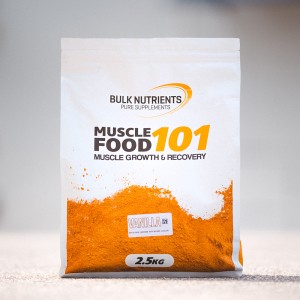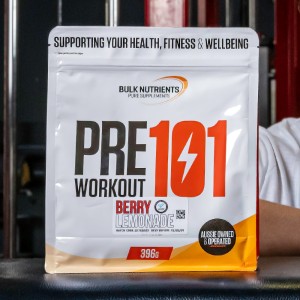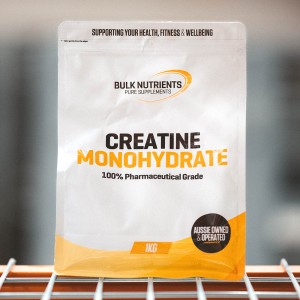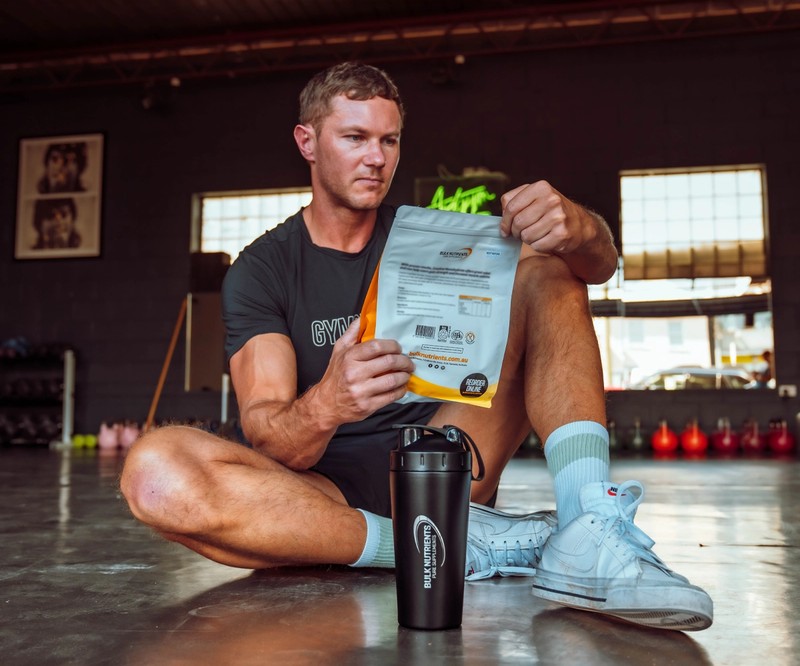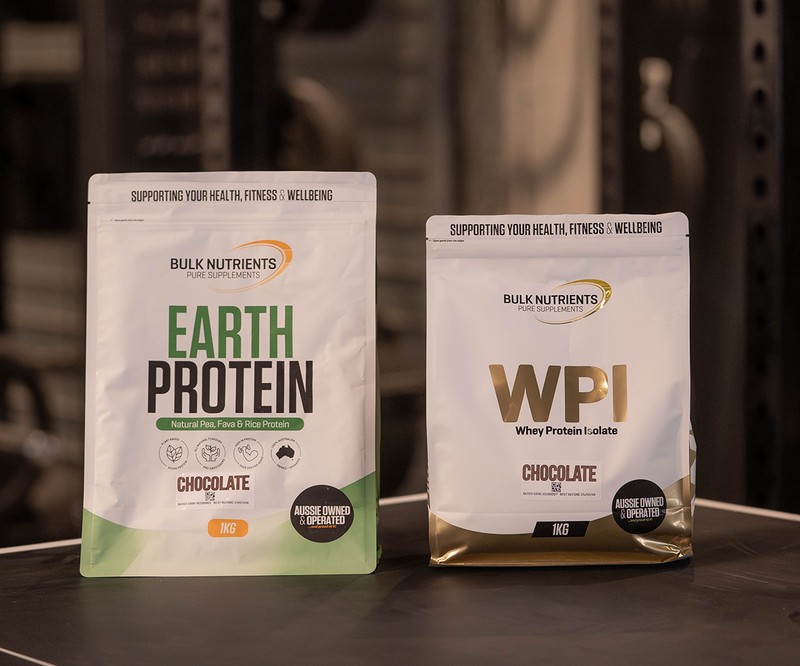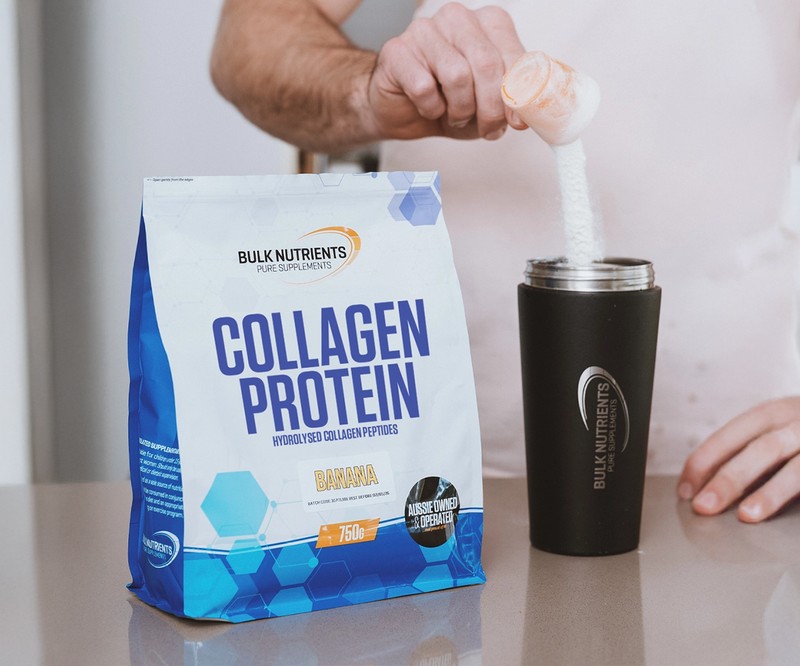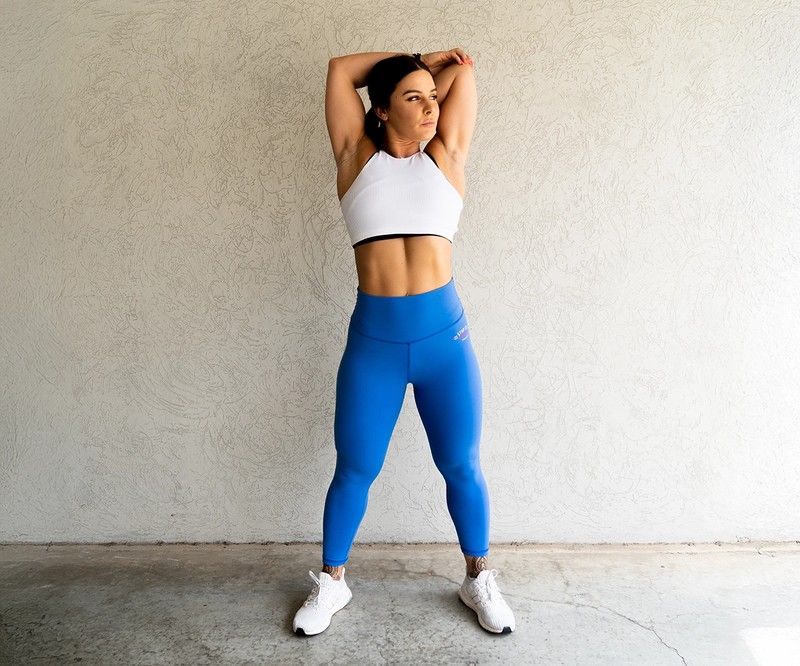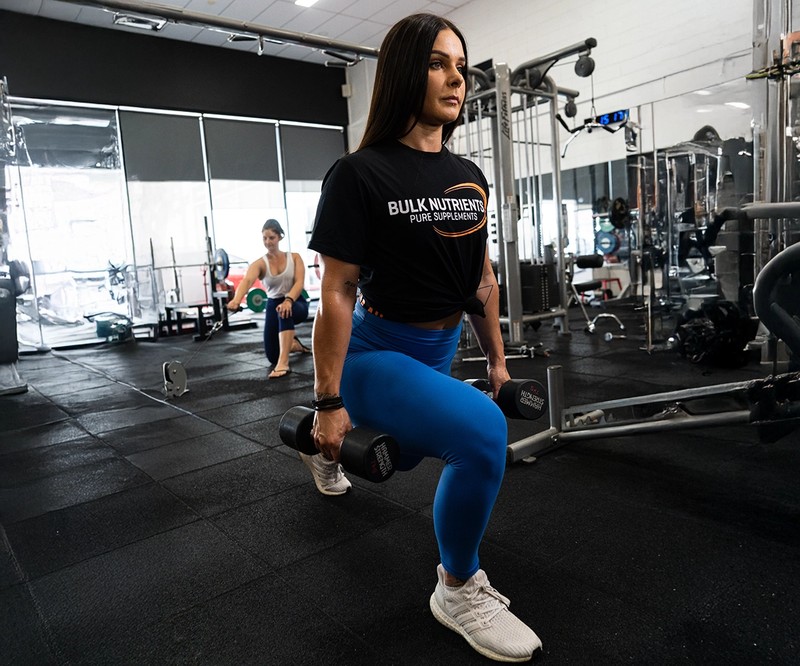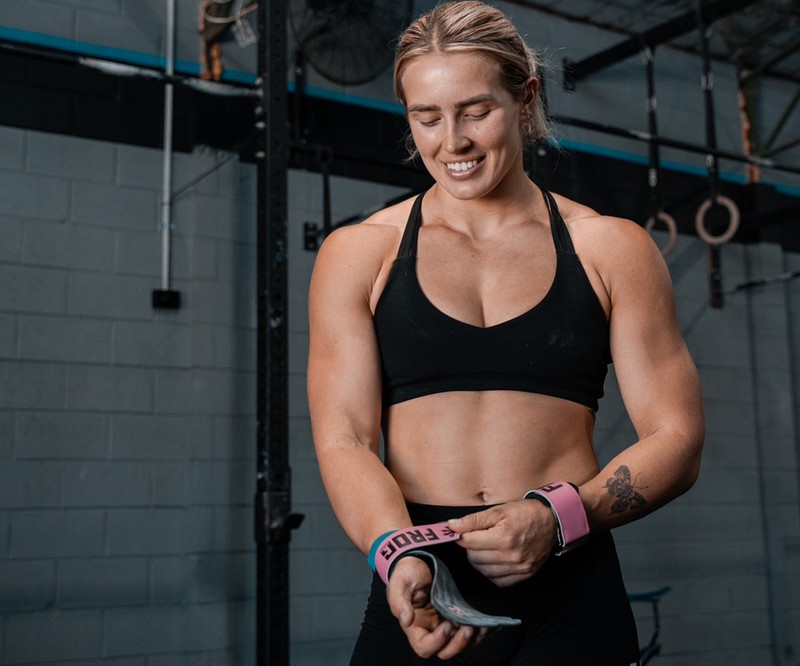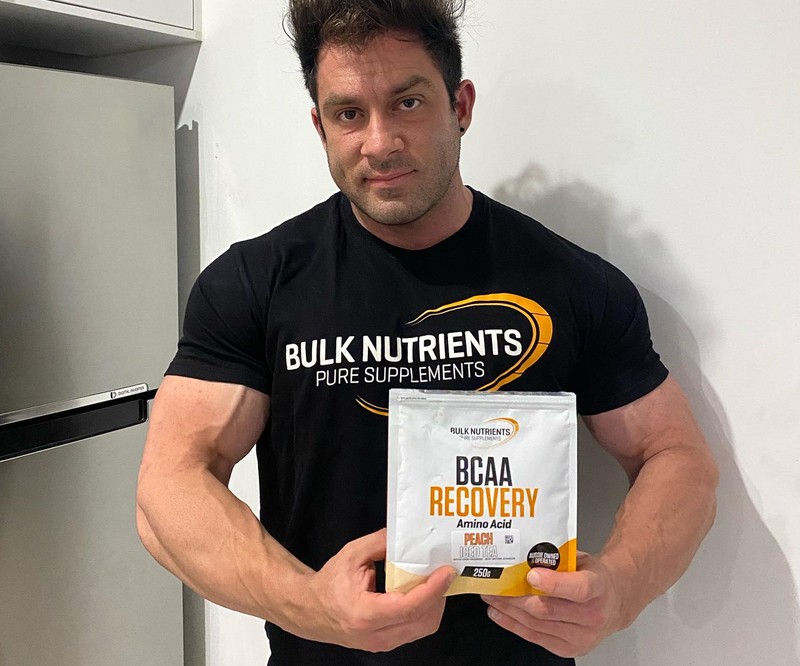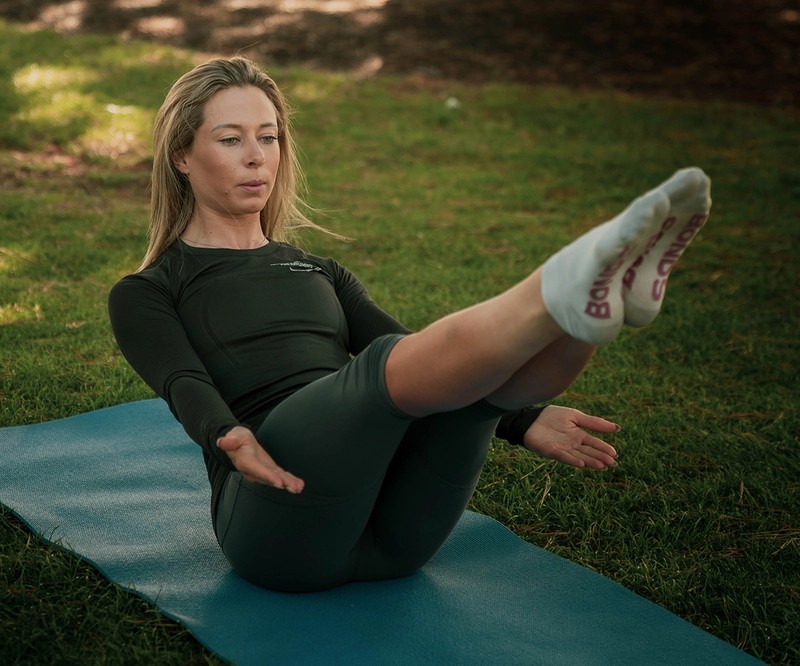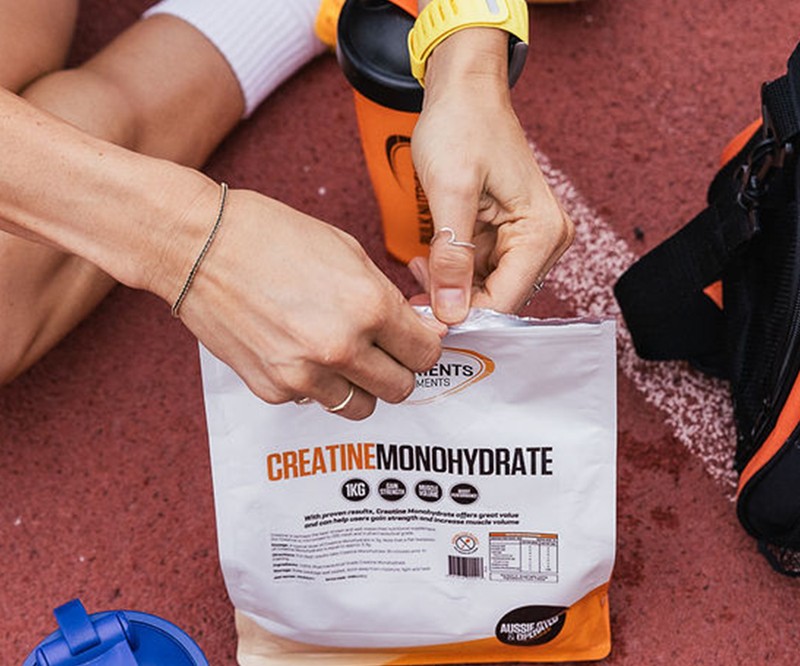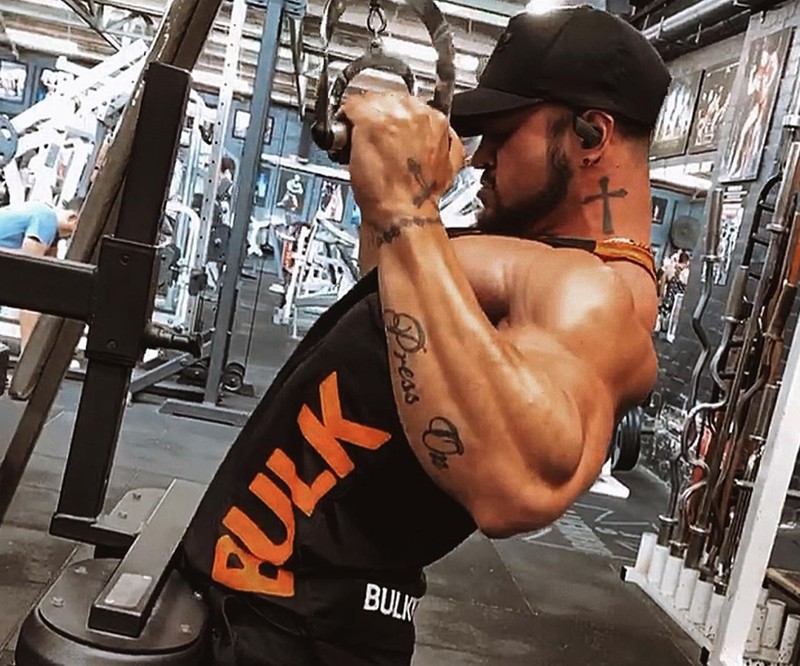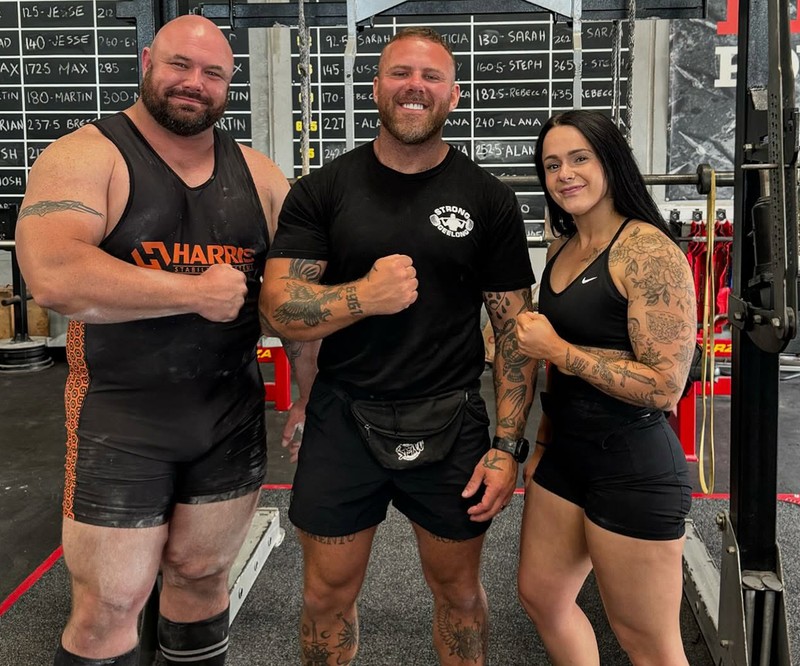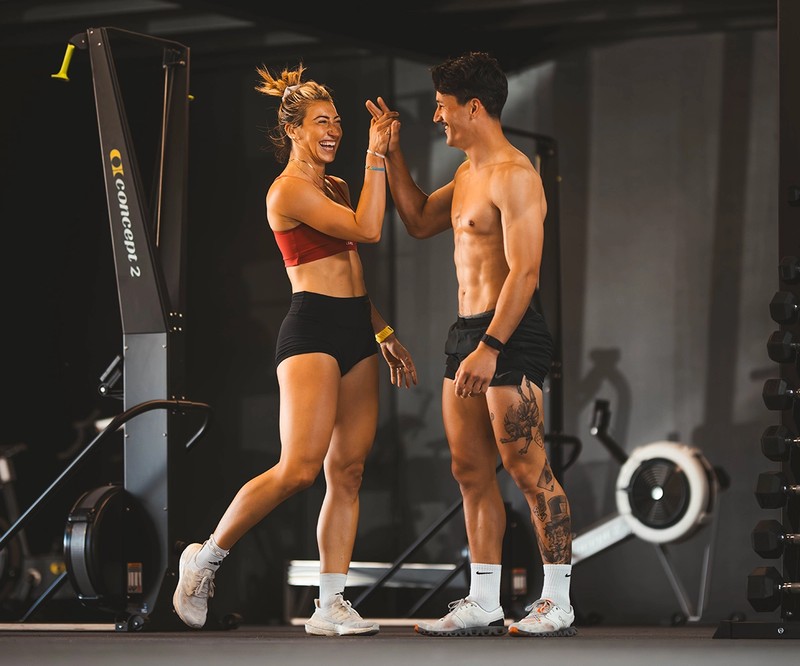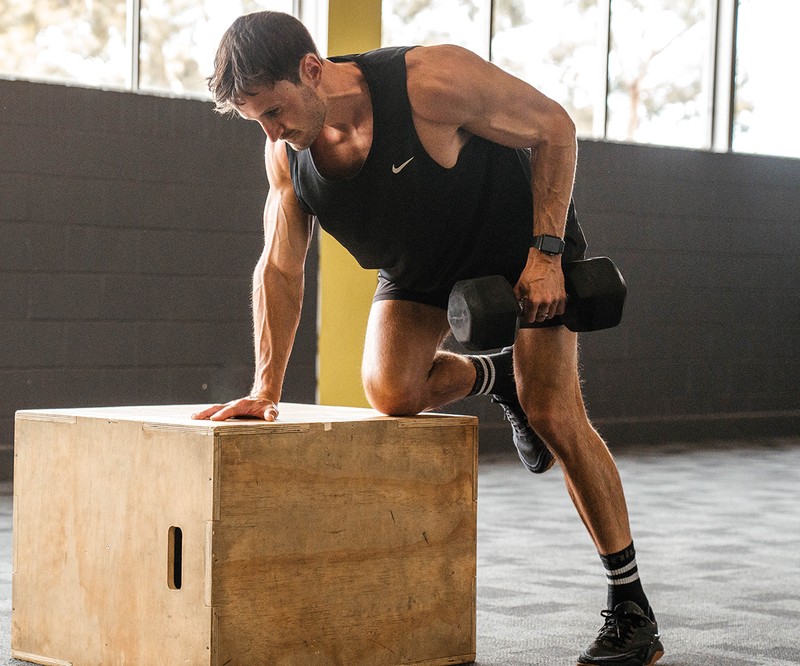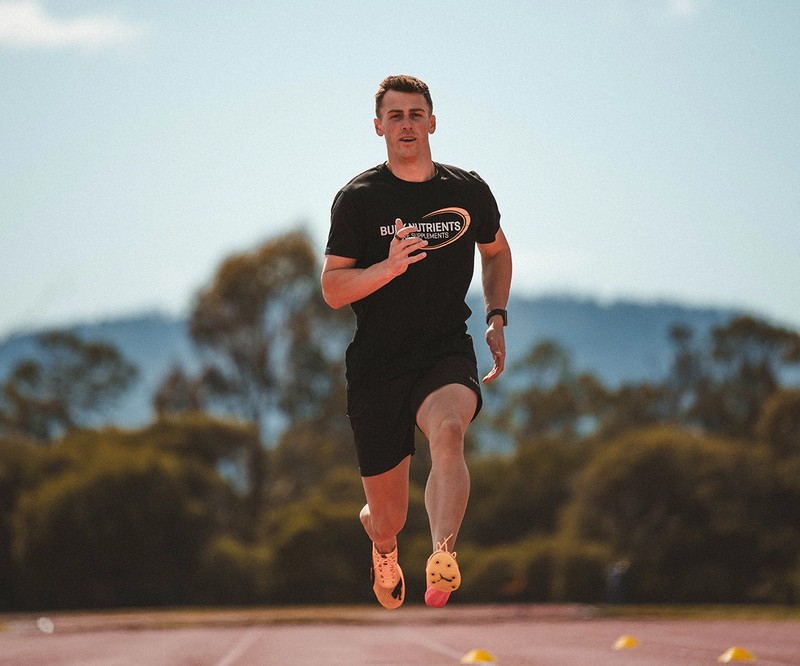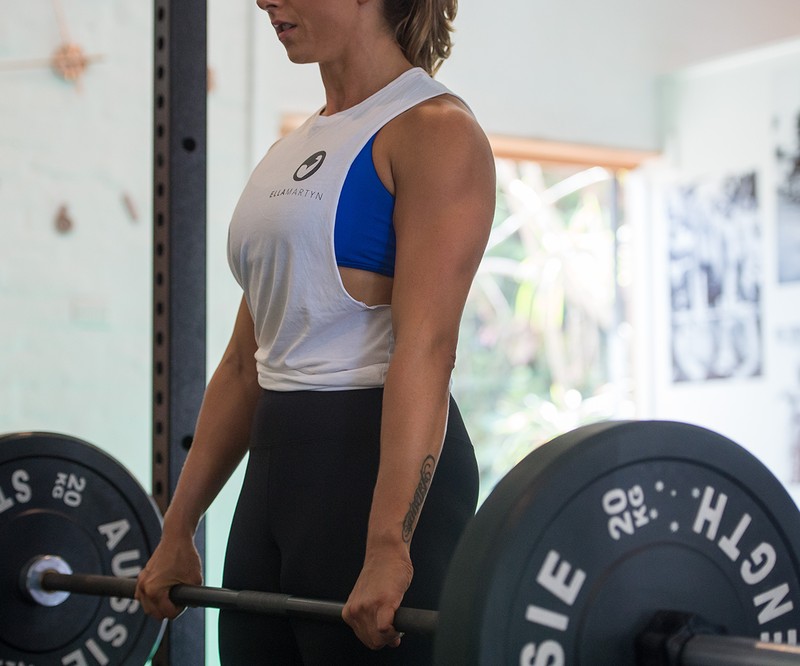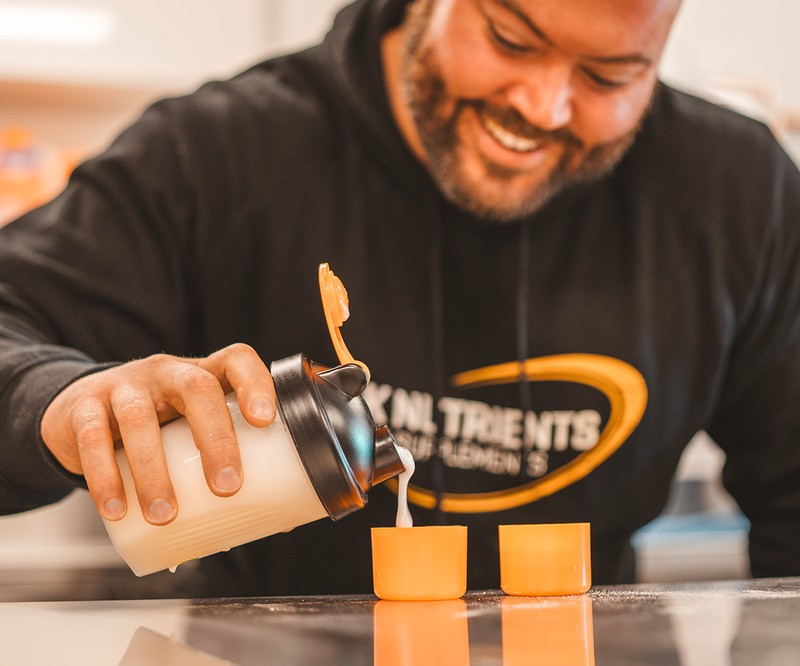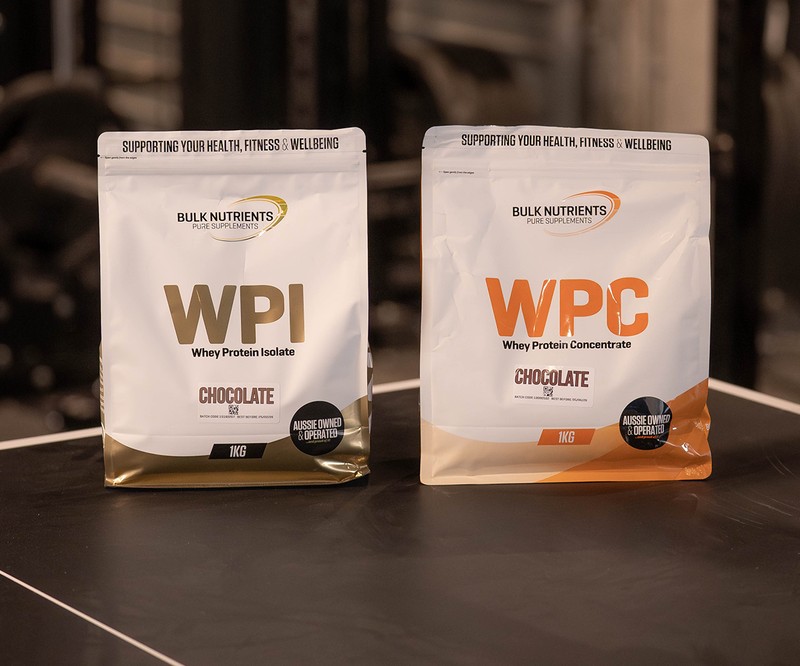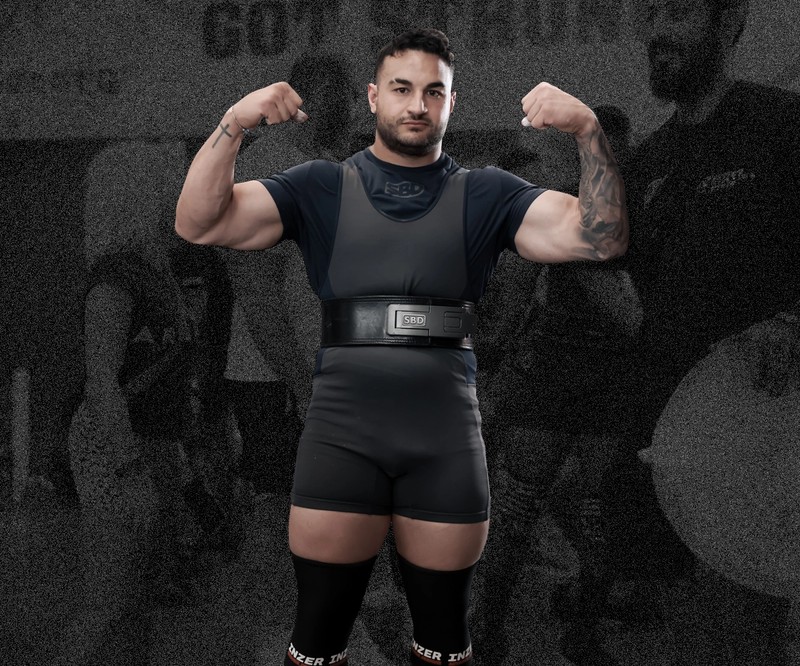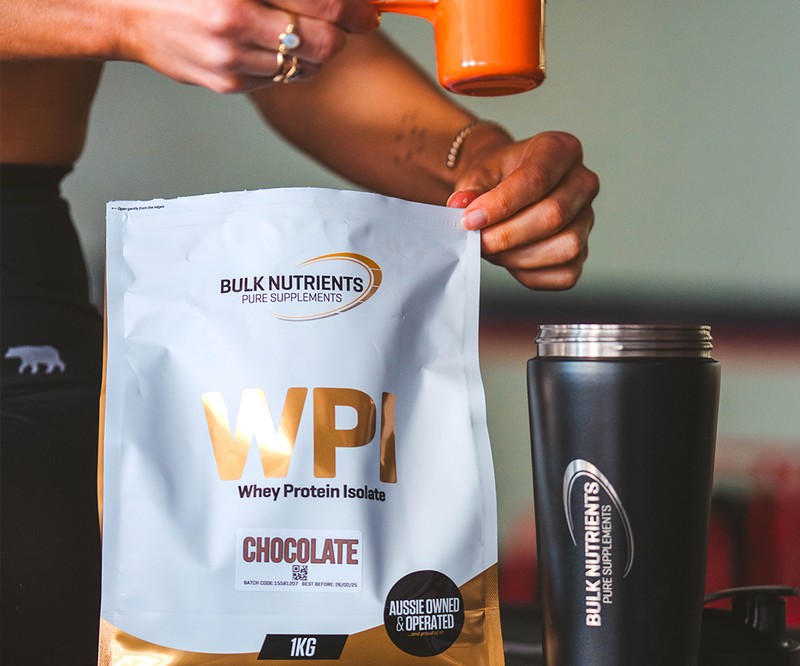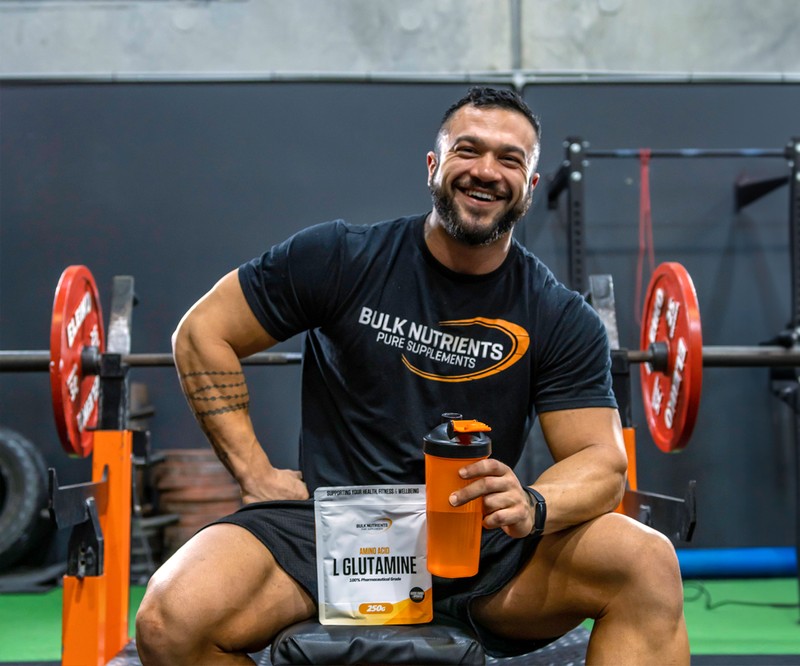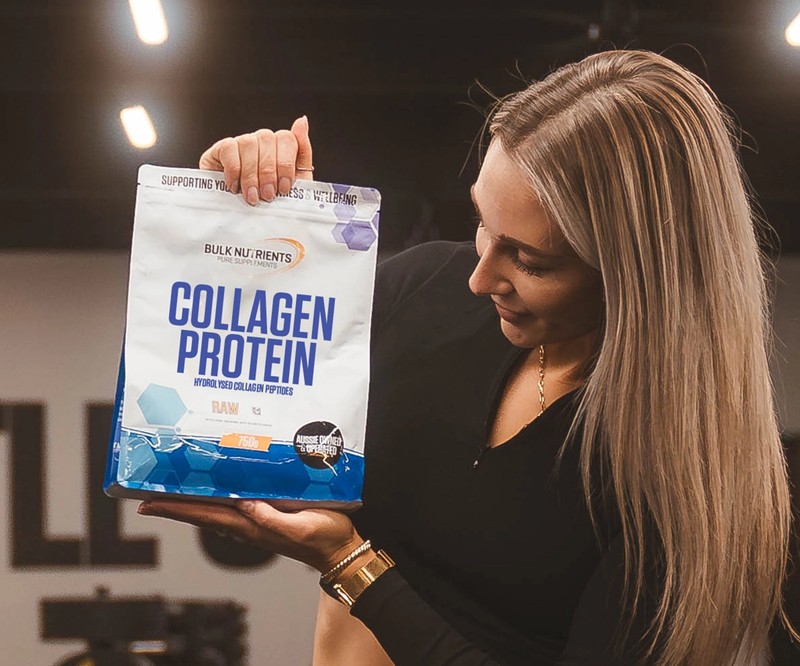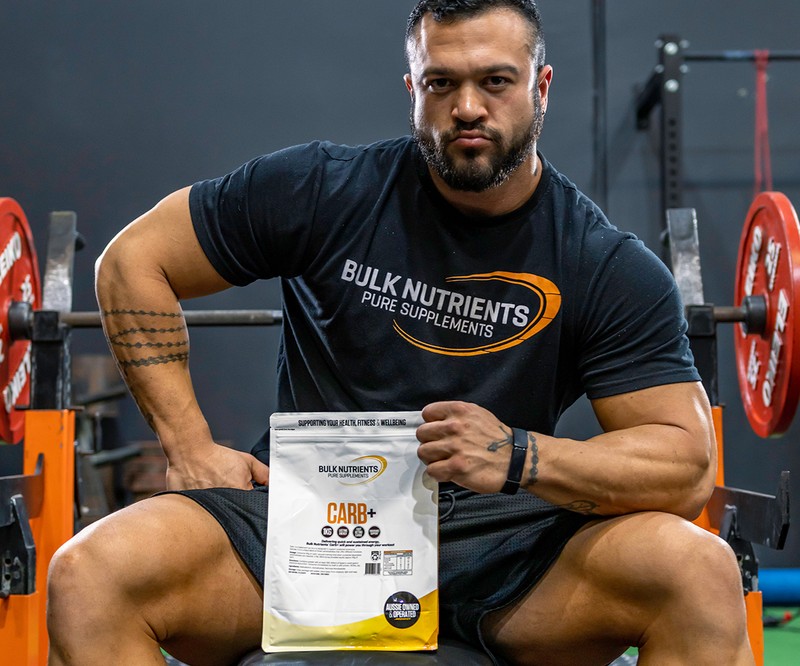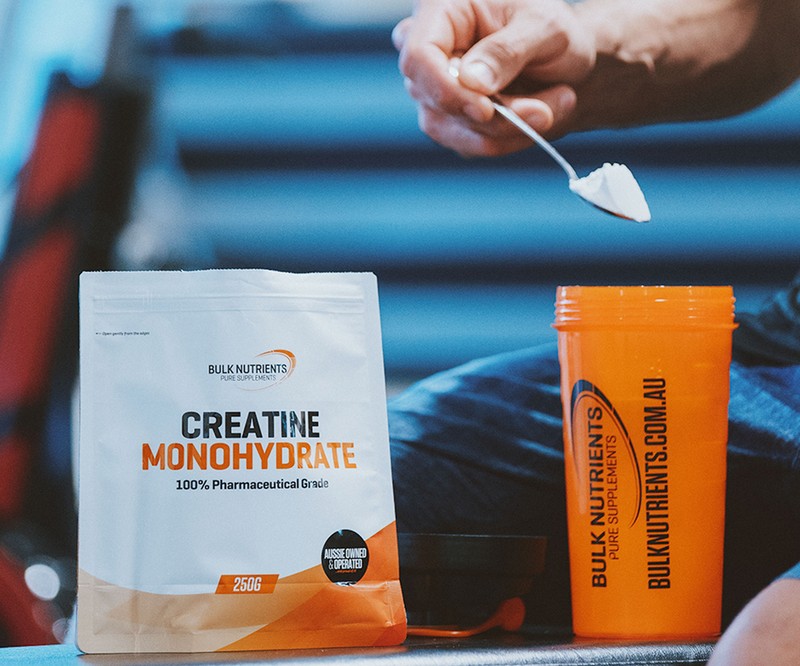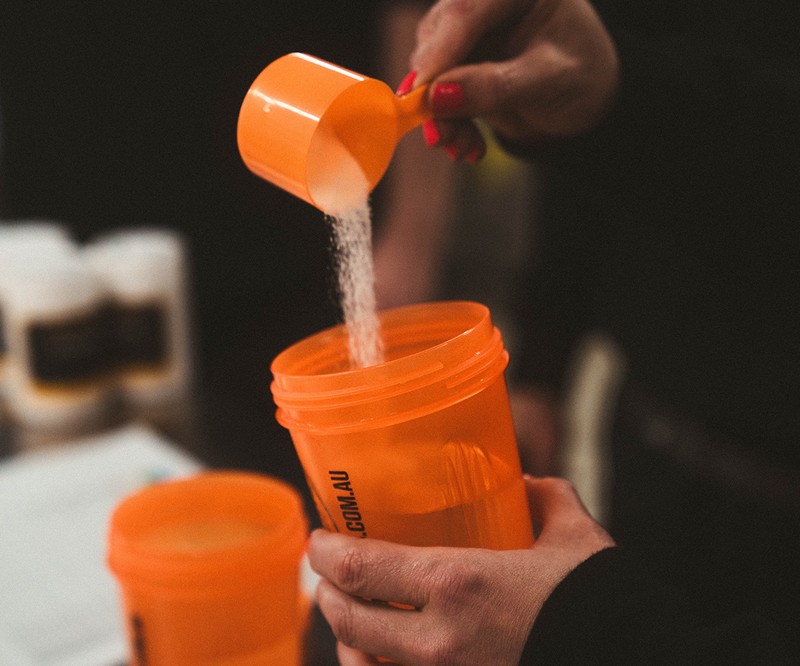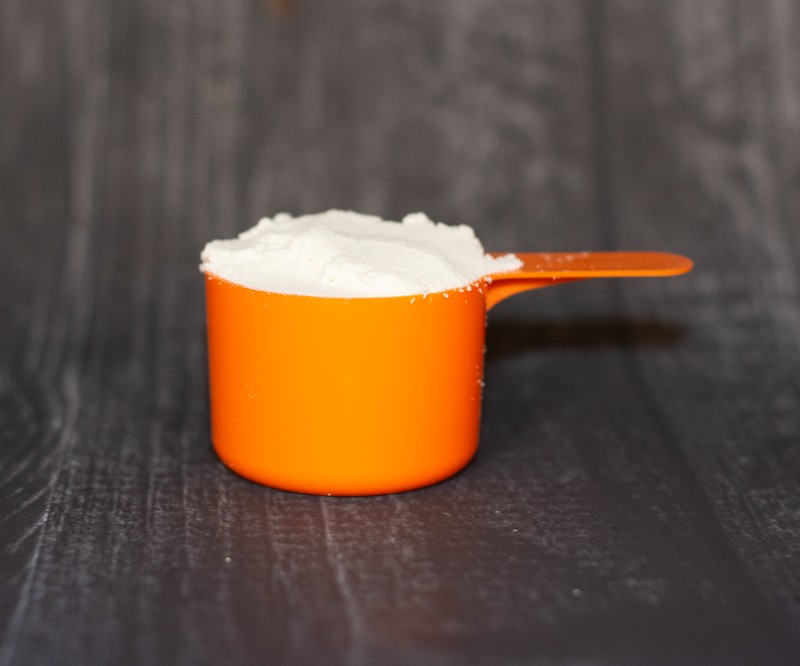Do I Need a Weight Belt for Squats and Deadlifts?
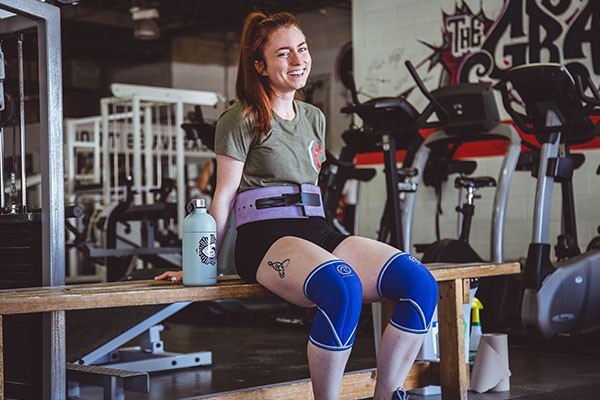
Weight belt or not?
You’ve seen them many times: weight belts are large (mostly leather) straps that go around your waist when lifting.
They’re much wider than your average belt and are designed to be put on tightly; helping you lift more during exercises like squats and deadlifts that call upon your core.
And the research into how they improve strength is clear: you’ll lift more by using one.
Explosive power has been found to be higher and bar speed faster, too.
This generally means more weight is being lifted. When we’re slower with bar speed, it’s a sign that we’re either fatigued, or the weight is too heavy.
One study into deadlifts found that subjects reached peak ground reaction force sooner when wearing a belt. This means they ultimately had more power for lifts, and less fatigue was present.
You know when you’re going for a set of heavy squats, and you are pausing at the top for a while, and are quite slow across the whole rep?
A weight belt aims to stop this, and increase the speed, thus the amount of weight and reps you can perform.
Such is exactly what this study found – when subjects were lifting 1.6 times their body weight, they took 6% less time to do so when wearing a belt.
And when we look at all of this data, we see there is a ~5-15% difference in performance, meaning we can expect to lift around 5-15% more weight for the same sets and reps.
Now that’s a significant difference!
Some people criticise weight belts as equipment that stops your key muscles from working as hard; the belt is somehow absorbing it all.
But this just isn’t true.
This study found quad, hamstrings, adductors, or gluteus maximus EMG activity wasn’t reduced when a weight belt was worn during deadlifts.
The same was also found for squats.
The other cry is that belts make our cores weak, but this is unlikely.
This study found that deadlifting with a belt increased ab activity but decreased external oblique activation.
The same was found in another study with squats: ab activity actually increased.
The other finding is that a weight belt might be safe for some of us that have been injured before.
This research reports how industrial workers lifting heavy objects saw a benefit to a weight belt if they’d been injured before, but not if they hadn’t.
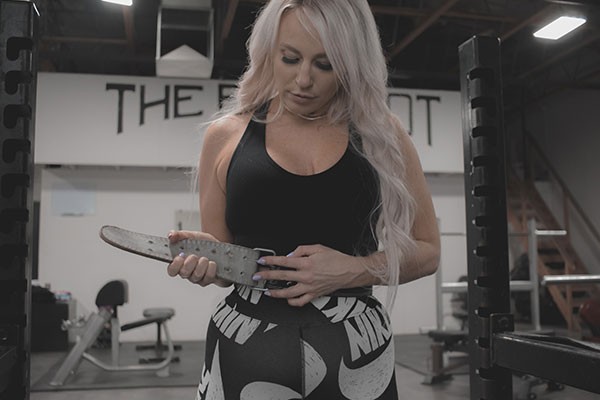
Intra-abdominal pressure: is that a bad thing?
Lifting with a belt increases intra-abdominal pressure. These researchers sum this up quite nicely:
“Wearing abdominal belts raises intra-muscular pressure of the erector spinae muscles and appears to stiffen the trunk. Assuming that increased intra-muscular pressure of the erector spinae muscles stabilizes the lumbar spine, wearing abdominal belts may contribute to the stabilization during lifting exertions.”
In other words, we’re becoming more stable when using a weight belt.
For deadlifts, intra-abdominal pressure is increased by about 15%.
For squats, it’s increased by 30-40%.
So, is this a bad thing?
It’s a yes and no answer: it’s good because as we touched on above, increased abdominal pressure protects the spine from stress.
But it’s bad because it might cause a spike in blood pressure when we’re lifting.
So, if you suffer from high blood pressure, you might want to rethink this approach or consult with your doctor. But if you’re not affected by high blood pressure, there shouldn’t be as much cause for concern.
Now it’s critical I point out there are not any long-term studies done into those wearing weight belts and those not. But we do have is enough data to give some common sense approaches until more surfaces.
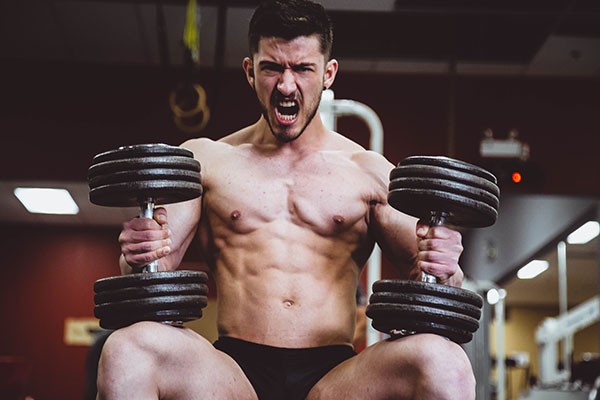
Who should wear a weight belt?
If you’re an experienced powerlifter or bodybuilder, you should take advantage of the aforementioned 5-15% increase in performance. Why wouldn’t you?!
This is, of course, assuming you’re experienced.
You can’t just sign up to a gym with a weight belt without having learnt to squat or deadlift and start trying to move more than your body weight!
That’s a recipe for injury.
So, if you’ve been training for at least 8 months, and have had your squatting form ticked off by a fitness professional and can squat your body weight comfortably – a weight belt might now be something you can think about.
Who should NOT wear a weight belt?
If you have blood pressure issues, or have a hernia, or are an inexperienced lifter.
The bottom line on weight belts
Weight belts should be used by experienced bodybuilders and powerlifters, who will benefit from a 5-15% increase in performance. They shouldn’t be used by those with blood pressure issues or hernias, nor inexperienced lifters who haven’t learnt to squat or deadlift properly.
Weight belts increase intra-abdominal pressure, protecting the spine from stress and helping us stay stable. This is what can help us lift more weight, and doesn’t appear to make our cores weaker.
References:
- Escamilla RF, Francisco AC, Kayes AV, Speer KP, Moorman CT 3rd. An electromyographic analysis of sumo and conventional style deadlifts. Med Sci Sports Exerc. 2002 Apr;34(4):682-8. doi: 10.1097/00005768-200204000-00019. PMID: 11932579.
- Harman EA, Rosenstein RM, Frykman PN, Nigro GA. Effects of a belt on intra-abdominal pressure during weight lifting. Med Sci Sports Exerc. 1989 Apr;21(2):186-90. PMID: 2709981.
- Lander JE, Hundley JR, Simonton RL. The effectiveness of weight-belts during multiple repetitions of the squat exercise. Med Sci Sports Exerc. 1992 May;24(5):603-9. PMID: 1533266.
- Lander JE, Simonton RL, Giacobbe JK. The effectiveness of weight-belts during the squat exercise. Med Sci Sports Exerc. 1990 Feb;22(1):117-26. PMID: 2304406.
- Miyamoto K, Iinuma N, Maeda M, Wada E, Shimizu K. Effects of abdominal belts on intra-abdominal pressure, intra-muscular pressure in the erector spinae muscles and myoelectrical activities of trunk muscles. Clin Biomech (Bristol, Avon). 1999 Feb;14(2):79-87. doi: 10.1016/s0268-0033(98)00070-9. PMID: 10619094.
- Zink AJ, Whiting WC, Vincent WJ, McLaine AJ. The effects of a weight belt on trunk and leg muscle activity and joint kinematics during the squat exercise. J Strength Cond Res. 2001 May;15(2):235-40. PMID: 11710410.
Related Blogs
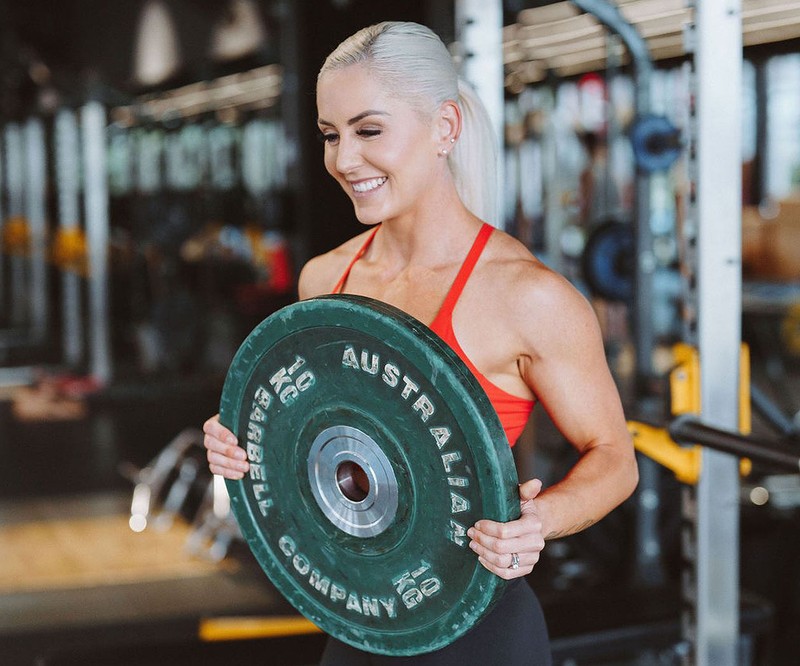
Getting into Powerlifting
Posted by Dave Napper
Estimated reading time: 4 minutes
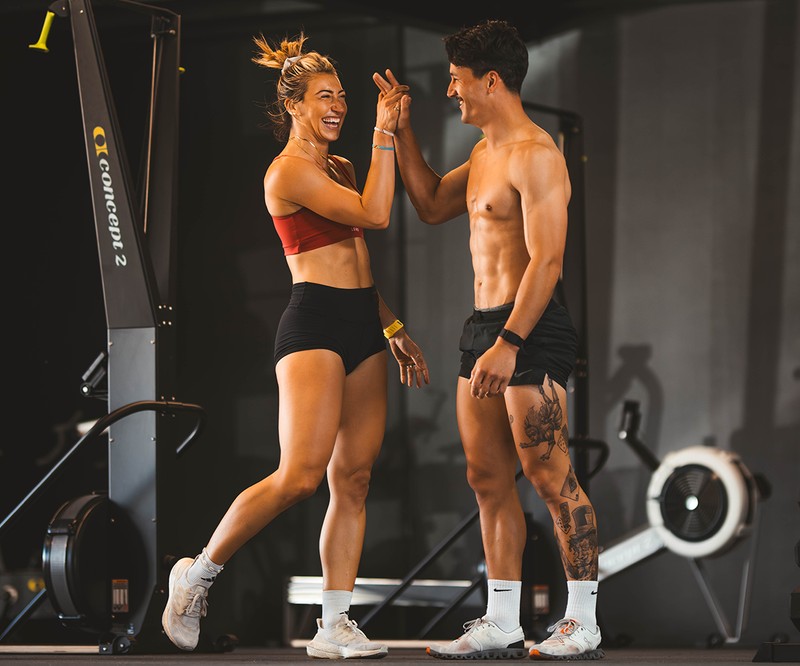
How to Get Started at the Gym
Posted by Nicole Frain
Estimated reading time: 4 minutes
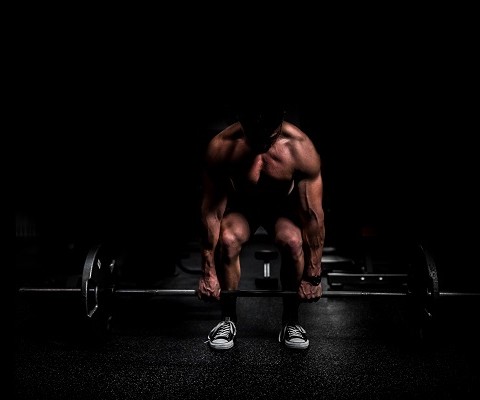
What Muscles Do the Deadlift Actually Work?
Posted by Bulk Nutrients
Estimated reading time: 6 minutes
